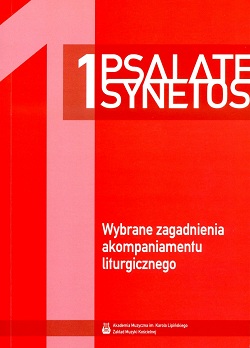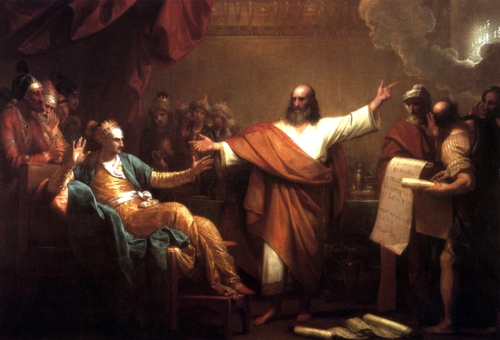The question of music for use in the Catholic liturgy was a hot button issue in Catholic circles for a good number of years after Vatican Council II, particularly in the U.S.
The result of the upheaval following the Council has been a radical shift in the musical content of the service, mostly involving a cantor leading the congregation in some sung Mass parts and several hymns that are dispersed over the liturgy. This discontinuity in the tradition thoroughly ignores both the Church’s intentions for musical reform as reflected in documents from the late 19th century to the late 20th century, and efforts in the U.S. dating from before 1963 that were inspired by several popes.
Just after the Council, in 1966, several of the most distinguished international scholars and church musicians met in Chicago and Milwaukee to discuss the state of the reform. Many ideas were presented and plans were made, but all for naught. A group of liturgists, relying on their own readings of the Council—and, for the most part, little musical knowledge—nimbly redirected the reform, mostly due to their connections with U.S. Bishops and widespread confusion (even among the bishops) about what exactly the Council and subsequent documents said. The result has been the overwhelming musical banality in self-designed liturgies that can be widely witnessed in Catholic churches in the U.S. and beyond.
This according to a series of seven articles by Richard J. Schuler (above) originally published as “A chronicle of reform” in Sacred music in 1982 and 1983 and reissued in Cum angelis canere: Essays on sacred music and pastoral liturgy in honor of Richard J. Schuler, 1920–1990 (Saint Paul: Catholic Church Music Associates, 1990, pp. 349–416).
Below, an example of the reformed Mass as it may have been envisioned.






